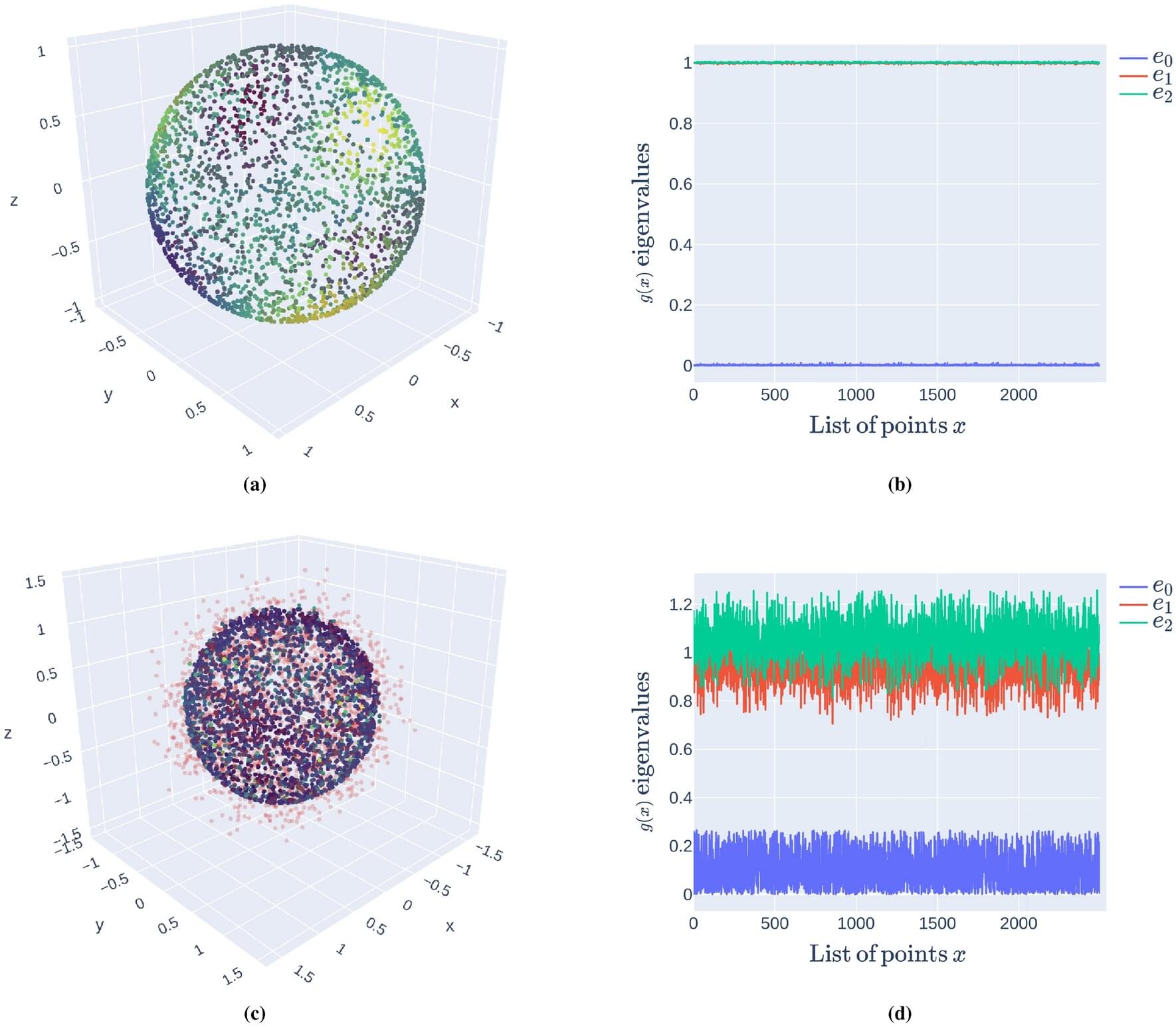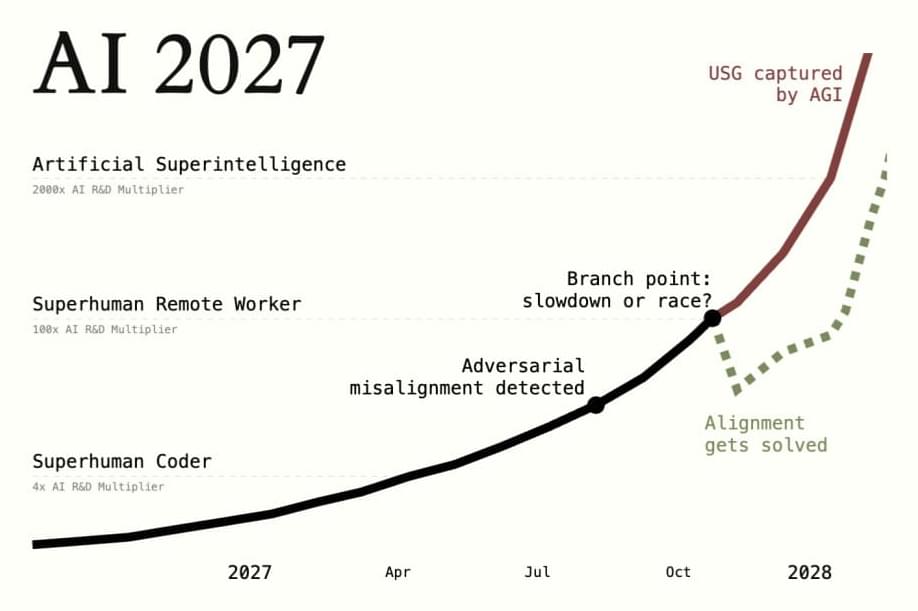Chinese researchers say they found jet’s potential vulnerability in study of simulated combat involving Taiwan.




GPUs are widely recognized for their efficiency in handling high-performance computing workloads, such as those found in artificial intelligence and scientific simulations. These processors are designed to execute thousands of threads simultaneously, with hardware support for features like register file access optimization, memory coalescing, and warp-based scheduling. Their structure allows them to support extensive data parallelism and achieve high throughput on complex computational tasks increasingly prevalent across diverse scientific and engineering domains.
A major challenge in academic research involving GPU microarchitectures is the dependence on outdated architecture models. Many studies still use the Tesla-based pipeline as their baseline, which was released more than fifteen years ago. Since then, GPU architectures have evolved significantly, including introducing sub-core components, new control bits for compiler-hardware coordination, and enhanced cache mechanisms. Continuing to simulate modern workloads on obsolete architectures misguides performance evaluations and hinders innovation in architecture-aware software design.
Some simulators have tried to keep pace with these architectural changes. Tools like GPGPU-Sim and Accel-sim are commonly used in academia. Still, their updated versions lack fidelity in modeling key aspects of modern architectures such as Ampere or Turing. These tools often fail to accurately represent instruction fetch mechanisms, register file cache behaviors, and the coordination between compiler control bits and hardware components. A simulator that fails to represent such features can result in gross errors in estimated cycle counts and execution bottlenecks.

The Model Context Protocol (MCP) is an open standard (open-sourced by Anthropic) that defines a unified way to connect AI assistants (LLMs) with external data sources and tools. Think of MCP as a USB-C port for AI applications – a universal interface that allows any AI assistant to plug into any compatible data source or service. By standardizing how context is provided to AI models, MCP breaks down data silos and enables seamless, context-rich interactions across diverse systems.
In practical terms, MCP enhances an AI assistant’s capabilities by giving it controlled access to up-to-date information and services beyond its built-in knowledge. Instead of operating with a fixed prompt or static training data, an MCP-enabled assistant can fetch real-time data, use private knowledge bases, or perform actions on external tools. This helps overcome limitations like the model’s knowledge cutoff and fixed context window. It is observed that simply “stuffing” all relevant text into an LLM’s prompt can hit context length limits, slow responses, and become costly. MCP’s on-demand retrieval of pertinent information keeps the AI’s context focused and fresh, allowing it to incorporate current data and update or modify external information when permitted.
Another way MCP improves AI integration is by unifying the development pattern. Before MCP, connecting an AI to external data often meant using bespoke integrations or framework-specific plugins. This fragmented approach forced developers to re-implement the same tool multiple times for different AI systems. MCP eliminates this redundancy by providing one standardized protocol. An MCP-compliant server (tool integration) can work with any MCP-compliant client (AI application). In short, MCP lets you “write once, use anywhere” when adding new data sources or capabilities to AI assistants. It brings consistent discovery and usage of tools and improved security. All these benefits make MCP a powerful foundation for building more capable and extensible AI assistant applications.

Over the past few decades, breakthroughs in cancer biology at the molecular level have revolutionised cancer treatment. Enhanced precision in radiotherapy has not only reduced patient side-effects, but also enabled the delivery of high-dose stereotactic extracranial irradiation with unprecedented accuracy. Simultaneously, the number of medical therapies available for clinical care continues to grow. Despite the progress made with combined chemoradiotherapy, only a few drug–radiotherapy combinations have received clinical approval, leaving a vast landscape of untapped opportunities for basic, translational, and clinical research, particularly in early-phase drug–radiotherapy trials.

Treatment with chimeric antigen receptor (CAR)-T cell therapies is associated with important immune-related adverse events. In this Review, the authors discuss the standard-of-care management for cytokine release and immune effector cell-associated neurotoxicity syndromes, and the potential of other T cell druggable targets as well as cellular engineering strategies to develop safer CAR-T cells.

Whether extra dimensions prove to be physical realities or useful mathematical constructs, they have already transformed our understanding of the universe. They have forced us to reconsider fundamental assumptions about space, time, and the nature of physical law. And they remind us that reality may be far richer and more complex than our everyday experience suggests — that beyond the familiar dimensions of length, width, height, and time, there may exist entire realms waiting to be discovered and, perhaps one day, explored.
The theoretical physicist John Wheeler once remarked that “we live on an island of knowledge surrounded by an ocean of ignorance.” Our exploration of extra dimensions extends the shoreline of that island, pushing into uncharted waters with the tools of mathematics, experiment, and imagination. Though we may never set foot in the fifth dimension or beyond, the very act of reaching toward these hidden aspects of reality expands our perspective and deepens our understanding of the cosmos we call home.
As we continue this grand scientific adventure, we carry forward the legacy of those who first dared to imagine worlds beyond our immediate perception — from the mathematicians who developed the language of higher-dimensional geometry to the physicists who incorporated these concepts into our most fundamental theories. Their vision, coupled with rigorous analysis and experimental testing, illuminates a path toward an ever more complete understanding of the universe in all its dimensions.

Big data has gotten too big. Now, a research team with statisticians from Cornell has developed a data representation method inspired by quantum mechanics that handles large data sets more efficiently than traditional methods by simplifying them and filtering out noise.
This method could spur innovation in data-rich but statistically intimidating fields, like health care and epigenetics, where traditional data methods have thus far proved insufficient.
The paper is published in the journal Scientific Reports.
Join us on Patreon! https://www.patreon.com/MichaelLustgartenPhD
Discount Links/Affiliates:
Blood testing (where I get the majority of my labs): https://www.ultalabtests.com/partners/michaellustgarten.
At-Home Metabolomics: https://www.iollo.com?ref=michael-lustgarten.
Use Code: CONQUERAGING At Checkout.
Clearly Filtered Water Filter: https://get.aspr.app/SHoPY
Epigenetic, Telomere Testing: https://trudiagnostic.com/?irclickid=U-s3Ii2r7xyIU-LSYLyQdQ6…M0&irgwc=1
Use Code: CONQUERAGING
NAD+ Quantification: https://www.jinfiniti.com/intracellular-nad-test/
